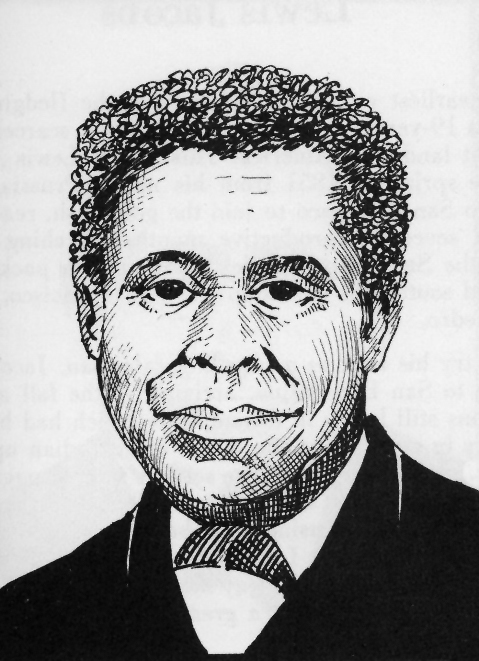

This week’s history feature recognizes the life and legacy of Grief Embers, a Black pioneer of the San Bernardino Valley. Embers played a crucial part in protecting the newly arrived Mormon community in 1851 by using a tin bugle to send signals and orders to the settlement’s militia in preparation for attack. Without his tin horn, they would be slow to respond to threats from raids.
Embers was born enslaved in 1812 or 1813. His birthplace is unknown. He was one of 26 enslaved persons to arrive in San Bernardino in 1851 as part of the Mormon settlement. After Mormon settlers left to return to Utah in 1857, Embers became one of the earliest Black property owners in San Bernardino County, acquiring three plots of land south of Mill Street in San Bernardino.
Despite his name, Embers did not possess a melancholy disposition. He was very well-liked and known for playing a 6-foot-long tin horn at events and for his own amusement. During times of uprisings from local tribes, he used his horn as a warning call for men to prepare for attacks. Embers would also use his horn to signal the start of town meetings.
Embers married Harriet, another enslaved person, after arriving in San Bernardino. He and Harriet had three daughters, including Martha, born in 1853, Louisa, born in 1857 and Harriet, born in 1860. Embers’ sister-in-law, Hannah, was also a prominent member of the community serving as the midwife for the San Bernardino settlement. She responded to every call for help in delivering a baby. When she did, she arrived on horseback as she was an expert horse rider.
Embers died on Oct. 8, 1873. The closing line to his obituary published in The Guardian, a local newspaper, read, “He died, respected by all who knew him.”
Additional County Update News – October 24, 2024
- Early vote sites for 2024 General Election make voting more convenient
- Board Actions
- County Museum hosts annual Shake or Treat Earthquake and Emergency Preparedness Fair
- County to illuminate buildings green in support of veterans
- San Bernardino County Sheriff Shannon Dicus highlights key accomplishments
- Mobile Medical Clinic at Newberry Elementary School
- Unshakable Readiness: 2024 Great ShakeOut Recap
- Airports leadership focuses on operational excellence by investing in staff resources, certifications
- Public Health launches campaign to increase awareness of childhood lead poisoning
- Summer is gone, but mosquitoes are not
- San Bernardino County destinations
- Call for submissions: Share your favorite San Bernardino County destinations
- Things to Do
- Pet of the Week